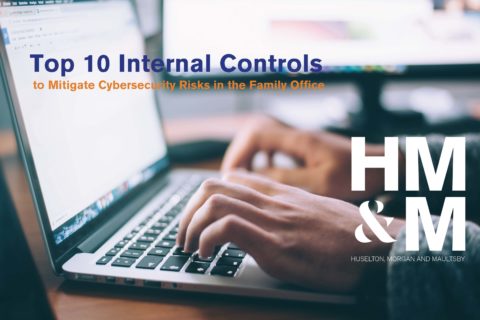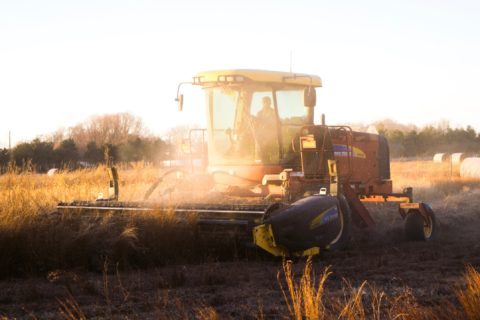On August 14, 1935, President Franklin D. Roosevelt signed into law the Social Security Act. Today, Social Security provides benefits to about one in five U.S. residents, including retirees, people with disabilities, young children whose parents are deceased or disabled, widow(er)s and spouses.
Without changes in Social Security, the system is projected to run out of reserves in 2034. Then the system will fund about 75 percent of projected benefits on a pay-as-you-go basis. Disability coverage reserves may run out as soon as next year.
Why are changes necessary? Because we are living longer – a lot longer.
When Social Security was first enacted, the “full-benefit retirement age” was 65 years of age. In 1935, the average life expectancy was about 60 years. Currently, the full-benefit retirement age for persons born between 1943 and 1954 is 66 years of age. Today, a 66-year-old person is expected to live, on average, to about 84 years of age. So, there are a lot of people being paid Social Security for a lot longer, with a much smaller numbers of workers (contributors) per beneficiary (withdrawer) than there were in the past.
There are a number of “tweaks” that could be made to stave off a reduction in benefits. Revenue could be increased. One way that has been discussed is to increase or remove the cap on earnings subject to Social Security taxes ($118,500 in 2015). Benefits could be decreased. For example, the full-benefit retirement age could be delayed even further than is currently being phased in.
Most observers doubt that there will be drastic cuts in benefits and believe that Congress will fix the shortfalls. Social Security is too important to the social fabric of the nation.
There was a foretelling from the beginning about this problem of living too long for the system. Ida May Fuller was the first person to receive an old-age monthly benefit payment under the new Social Security system. She paid in $24.75 between 1937 and 1939 on an income of $2,484. Her first check dated January 31, 1940, was for $22.54. By the time she died on January 31, 1975 at the age of 100, she had collected nearly $23,000 in benefits. Let’s see, that’s over a 900 to one return on investment!
There will be no more “Aunt Ida” returns in the future for you or me or our descendants who make substantial contributions over our working lives. Hopefully, Social Security will at least provide a safety net for those needing it and give a decent return of (if not on) the money to us that we put into the system.
VKM
Latest News
On June 9, the IRS released Announcement 2022-13, which modifies Notice 2022-3, by revising the optional standard mileage ...
At the tail end of 2021, the Internal Revenue Service (IRS) released new Schedules K-2 and K-3 effective ...
This information is current as of Sunday, November 21, 2021. On Friday, November 19, 2021, after the Congressional ...
HM&M Updates
DALLAS, Dec. 11, 2024 – Springline Advisory, a trailblazing financial and business advisory firm, is proud to announce its partnership ...
Last month, Senior Manager, Pearl Balsara was invited to speak at the 2023 FPA DFW Annual Conference in ...
We are pleased to announce the winners of the 2022 HM&M Excellence Awards. Ronna Beemer, Keith Phillips, and ...









